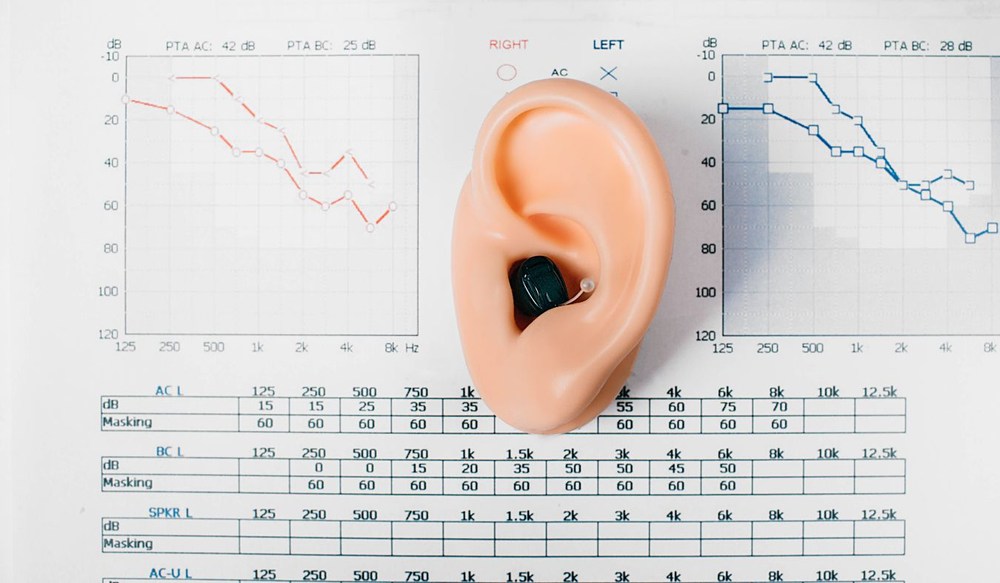Exploring the Psychological Effects of Hearing Loss
Hearing loss is more than just a change in how you hear sounds. It often


Hearing loss is more than just a change in how you hear sounds. It often

Most people don’t think much about their hearing health until they

When spring arrives, many of us deal with the typical symptoms of seasonal